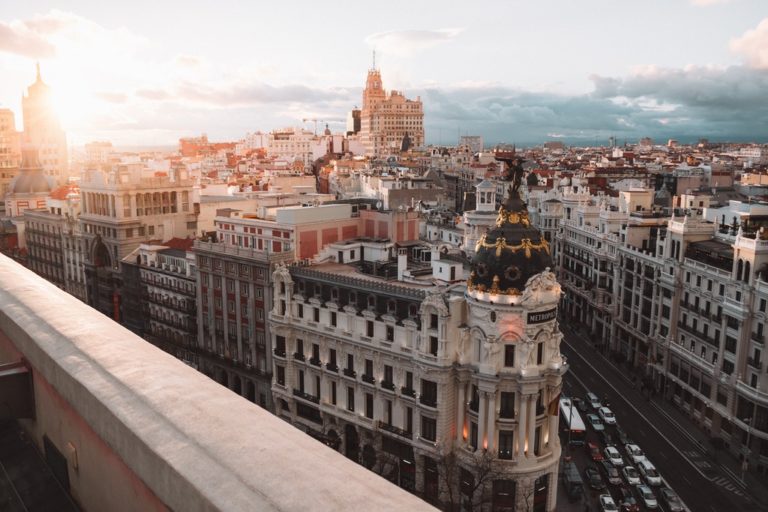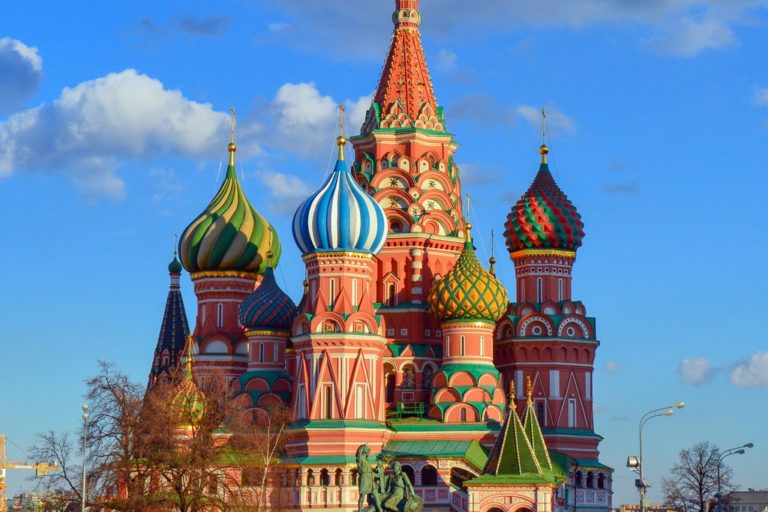Croatia is a country located at an intersection of Central and Southeast Europe on the Adriatic Sea.
Croatia boasts a rich history and is full of natural beauty. It has a variety of landscapes and vast, untouched beaches, deep forests, and several cities.
Its history and culture have made it a popular tourist destination, with thousands of visitors each year.
It is a beautiful country in the western Balkans that is popular among honeymooners and backpackers alike.
Watched the ‘Game of Thrones series? Croatia is where the King’s Landing scene was shot. You can go on a Game of Thrones tour and see the place where Cersei did her walk of shame, the Red Keep, Blackwater Bay, and the walls of King’s Landing.
Besides, the other things to check out in Croatia are the gorgeous waterfalls in Krka National Park, the beautiful Adriatic Islands, ancient roman ruins, and fantastic Christmas markets.
While you’re here, you must also try the delicious Croatian honey.
Besides, the country is also highly safe for tourists. As a result, violent crimes rarely occur, and even petty crimes are pretty low.
Croatia constitutes historically rich regions such as Croatia-Slovenia, Istria, and Dalmatia. These regions used to be ruled by various foreign powers.
Croatia was a part of Yugoslavia during the 20th century.
However, they stayed true to their culture and acquired a legacy of Roman law and a Western European approach to political and economic traditions and institutions.
Croatia Geography
The Vojvodina region of Serbia borders Croatia to the east whereas, Hungary and Slovenia bound the country to the north. It also shares a long border with Bosnia and Herzegovina.
The body of the Croatian crescent forms a long coastal strip along the Adriatic Sea.
The nation comprises three geographic regions: the Pannonian and para-Pannonian plains, the central mountain belt, and the Croatian littoral.
The central mountain belt of Croatia houses the highest mountain, Dinara (6,007 feet).
Croatia has 26 rivers that flow for more than 50 km in the country.
The Pannonian and para-Pannonian plains have the most fertile agricultural soils in the country and are thus known as the breadbasket of Croatia.
The central mountainous belt has poor but cultivable soils whereas, the Croatian littoral is barren with rocky soil.
Croatia Climate
Croatia has two climatic zones. The Pannonian and para-Pannonian plains have a continental climate with warm summers and cold winters.
Summers have temperatures as high as 40 degrees Celsius, whereas winters are as low as -20 degrees Celsius.
The central mountain regions have cooler summers and cold winters. The average temperature is about 18 degrees Celsius in June and -2 degrees Celsius in January.
Croatia Nature and Wildlife
Croatia has a diverse geography, due to which flora and fauna are also varied. The Dalmatian coast
has grapes and olives plantations and produces wine and oil. The Istria region houses firs, whereas Slavonia has oak forests.
Animals like foxes, bears, hares, mouflons, and wildcats inhabit the forests of Croatia. In addition, lizards can be found in coastal areas.
The Adriatic Sea houses many coral reefs.






